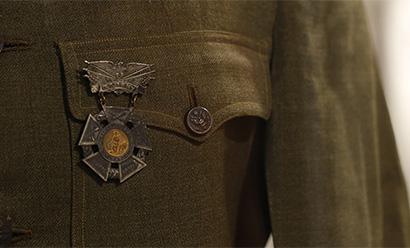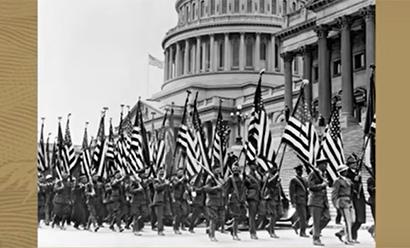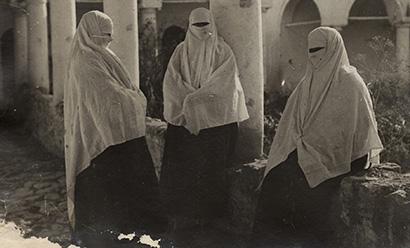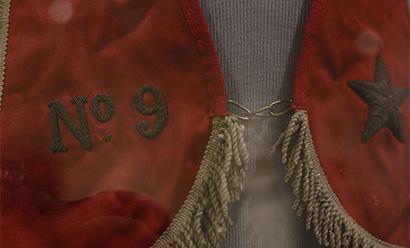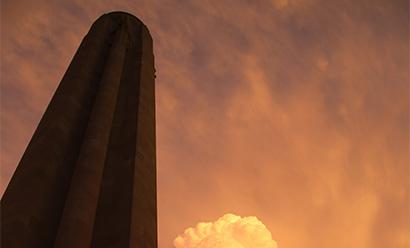

Special Hours
Thursday, July 17, 2025 | 5-8:30 p.m.

Special Hours
Thursday, July 10, 2025 | 5-8:30 p.m.
Tower After Hours
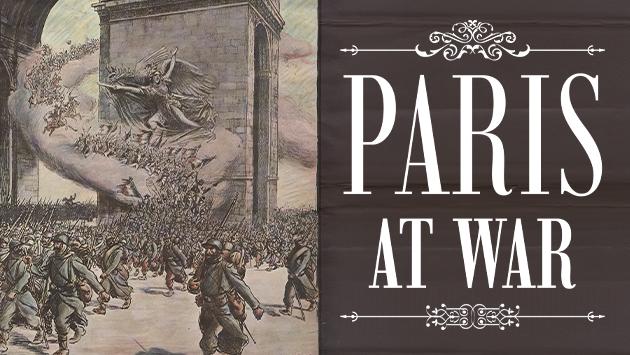
Wylie Gallery
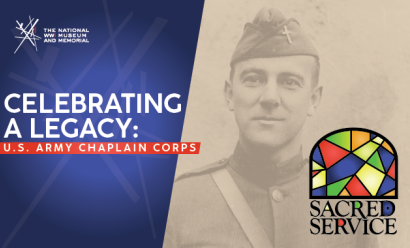
Documentary screening and conversation
Tuesday, July 29, 2025 | 5:30 p.m.
Celebrating a Legacy: U.S. Army Chaplain Corps

Professional Development
Monday, July 28 - Thursday, July 31, 2025
2025 Teacher Seminar: American Indian History Since 1900
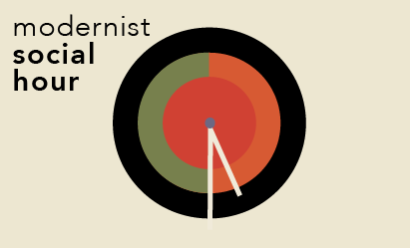
Thursday, July 17, 2025 | 5:30 p.m.
Modernist Social Hour

Member Exclusive
Monday, July 14, 2025 | 6:30 p.m.
Member Insider: Faith Under Fire
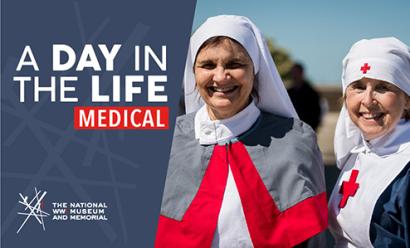
Living History
Sunday, July 6, 2025 | 10 a.m.-3 p.m.
Day in the Life: Medical
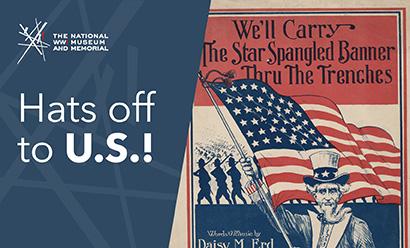
Leave a birthday wish
July 4, 2025
Hats off to U.S.!
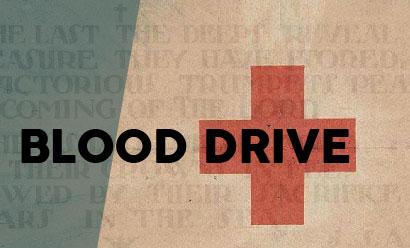
Thursday, July 3, 2025 | 10 a.m.-2 p.m.
Save a Life: Blood Drive

Special Hours
Thursday, June 26, 2025 | 5-8:30 p.m.
Tower After Hours
Pagination
- First page
- Previous page
- 1
- 2
- 3
- 4
- 5
Pagination
- Previous page
- 1
- 2
- 3
- 4
- 5

